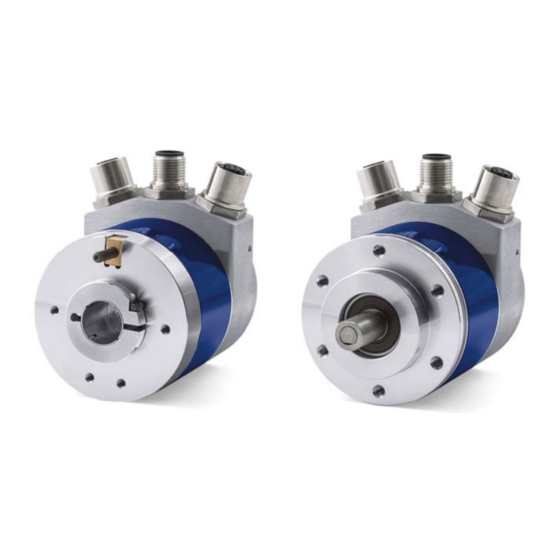
Datalogic AMT58*-PN Series Manuals
Manuals and User Guides for Datalogic AMT58*-PN Series. We have 1 Datalogic AMT58*-PN Series manual available for free PDF download: Instruction Manual
Datalogic AMT58*-PN Series Instruction Manual (145 pages)
ProfiNET Absolute Encoders
Brand: Datalogic
|
Category: Media Converter
|
Size: 8 MB
Table of Contents
Advertisement
Advertisement
